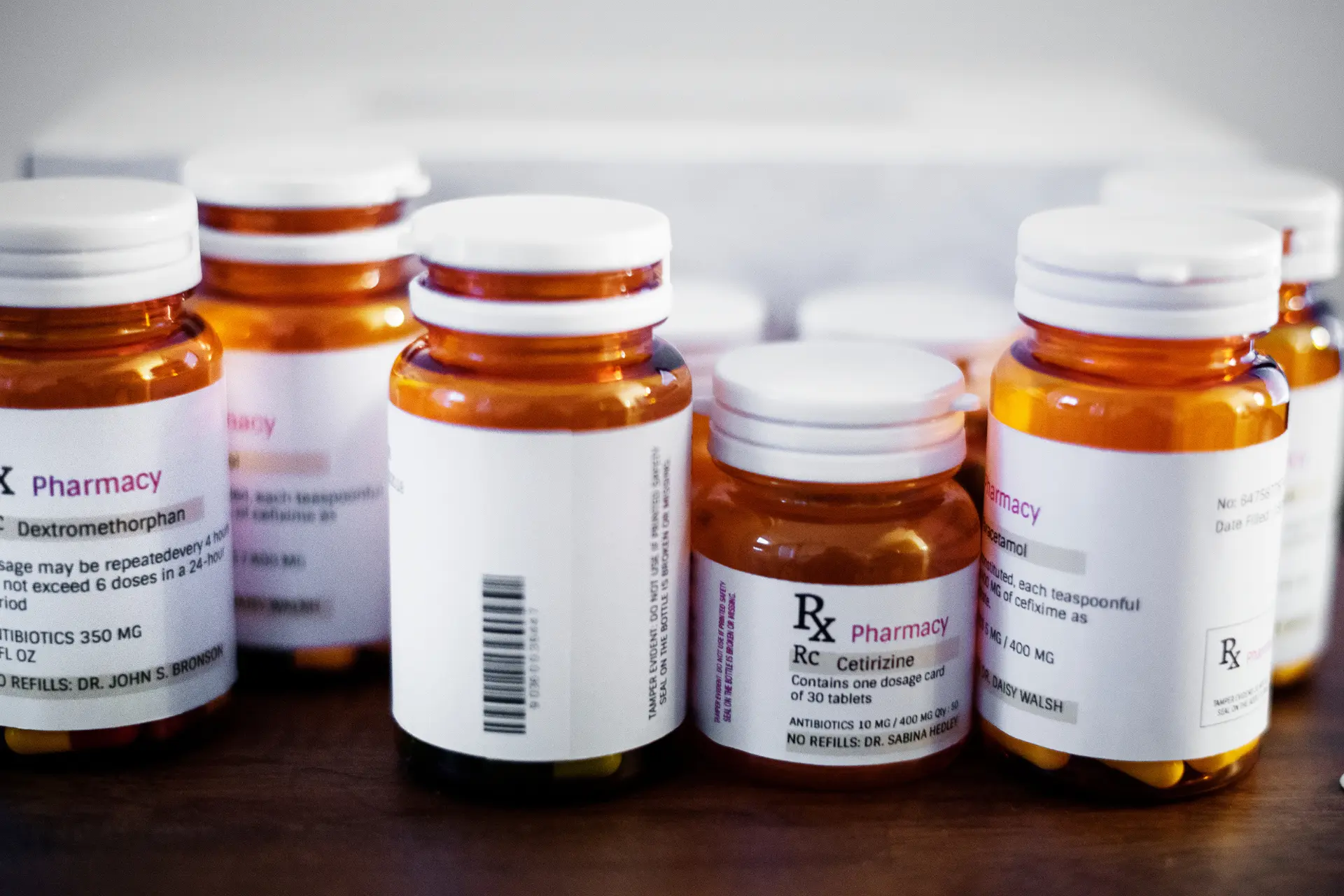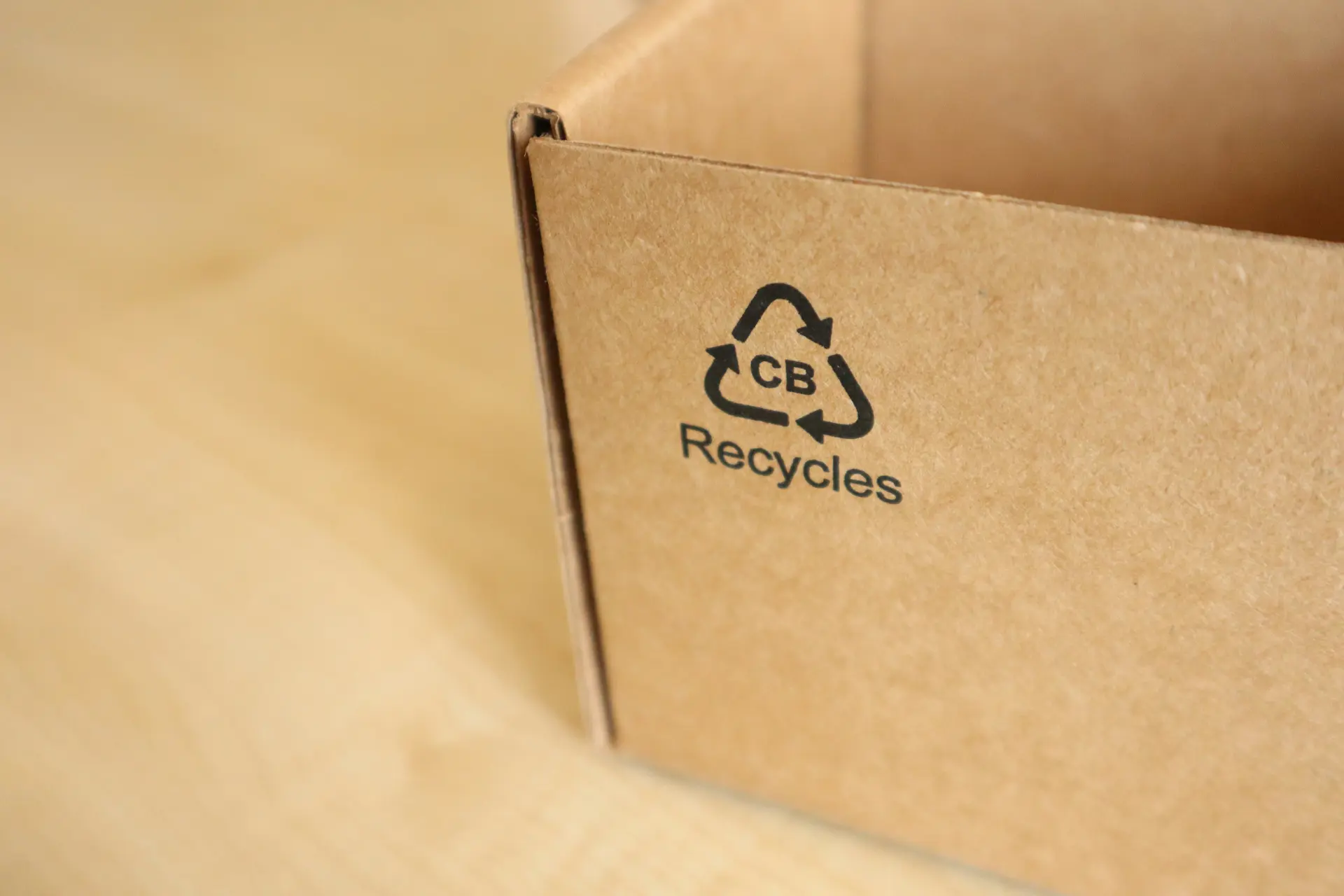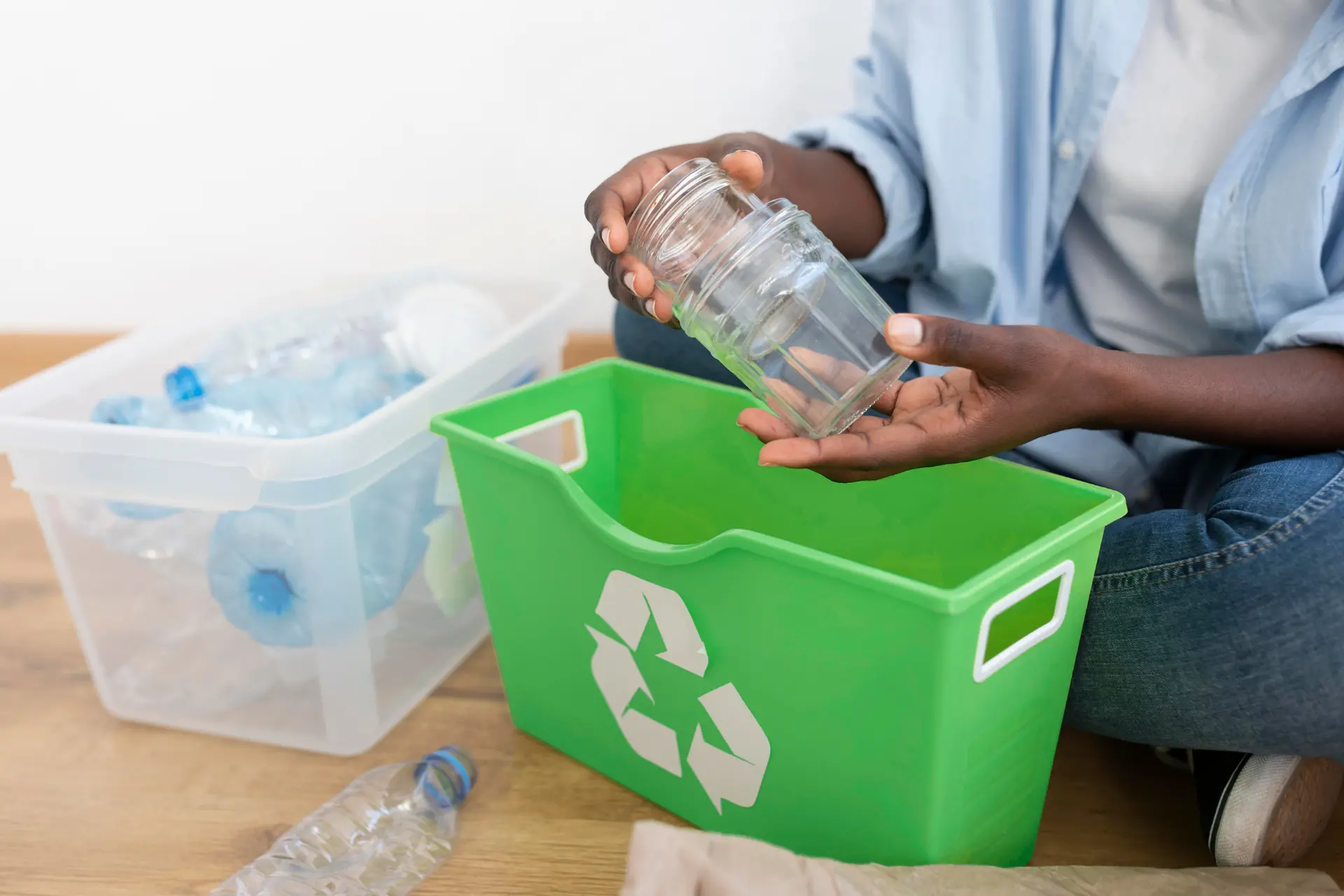Introduction to FDA Food Packaging Regulations
Food packaging is far more than a marketing tool. It plays a vital role in ensuring the safety and integrity of the food we consume. When packaging fails to meet safety standards, it can lead to contamination, spoilage, and health risks. This is why the United States Food and Drug Administration (FDA) has established a comprehensive set of regulations. These rules are designed to ensure that all materials used in food packaging are safe for use and do not pose any threat to consumers.
The FDA’s oversight extends to all substances that come into contact with food, whether directly or indirectly. These regulations cover a wide range of materials including plastics, paper, coatings, inks, and adhesives. In this article, we will explore the structure of these rules, how they are enforced, and what businesses need to do to remain compliant. If you are a food manufacturer, packaging producer, or compliance specialist, understanding FDA regulations for food packaging is not just a legal necessity — it’s a cornerstone of consumer safety and brand trust.
The FDA Food Packaging Regulatory Foundation
The FDA derives its authority from several important legislative acts. The cornerstone of these is the Federal Food, Drug, and Cosmetic Act (FD&C Act), which outlines the FDA’s responsibility to ensure that materials used in food contact do not pose any risk to public health. Under this act, any substance that might migrate into food must be proven safe for its intended use.
Supporting the FD&C Act is Title 21 of the Code of Federal Regulations (21 CFR), which contains detailed rules about food additives and packaging materials. Within 21 CFR, Parts 170 to 199 are especially relevant, detailing how substances should be evaluated and approved. These parts cover everything from direct food additives to materials that are expected to come into indirect contact with food, such as those used in manufacturing or transport.
Another significant regulation is the Food Safety Modernization Act (FSMA), which focuses on preventing contamination across the food supply chain. While FSMA doesn’t exclusively deal with packaging, it reinforces the importance of using safe materials and hygienic practices throughout food production, including packaging.
Regulated Packaging Materials and Substances
FDA regulations apply to both direct and indirect food additives. Direct additives are ingredients intentionally added to food, such as preservatives or flavourings. Indirect additives, on the other hand, are substances that may migrate into the food from packaging materials. These include plasticisers, adhesives, printing inks, and even the substrates themselves.
All packaging components must be considered, including base materials like plastic or paper, as well as coatings and colourants. The FDA categorises these as Food Contact Substances (FCS), which must not only be safe but also function as intended without affecting the food’s composition or quality.
Common materials subject to these regulations include polyethylene, PET, aluminium, and glass. While materials like glass and metal are generally inert, coatings used on their surfaces still require regulatory attention. Even recycled materials are regulated, as their prior use could introduce contaminants. The FDA requires these to meet the same safety standards as virgin materials, often through a demonstration of purity and risk assessment.
Approval and Safety Assessment Under FDA Food Packaging Regulations
Before a food contact material can be marketed, it must typically undergo FDA review. The most common route is through a Food Contact Substance Notification (FCN). This process requires manufacturers to submit scientific data proving that the substance is safe for its intended use. The FDA reviews the submission and, if satisfied, issues a no-objection letter, allowing the substance to be used.
Some materials may be exempt from this process under specific conditions. The Threshold of Regulation (TOR) exemption allows substances that migrate into food at negligible levels to bypass the FCN process, provided sufficient scientific evidence is presented. Another exemption applies to materials that are Generally Recognised As Safe (GRAS). GRAS substances have a well-documented history of safe use and are considered low-risk.
Despite these exemptions, documentation and scientific backing are always necessary. Manufacturers must be prepared to demonstrate that their products meet all regulatory requirements. Failing to do so can result in fines, recalls, or import bans.
Ensuring Compliance and Conducting Tests
Once a material has received FDA approval or qualifies under an exemption, it must still undergo testing to confirm it meets real-world conditions. One of the most critical tests is migration testing, which simulates the interaction between packaging and food. The goal is to determine whether any harmful substances leach from the packaging into the food.
These tests are carried out under a variety of conditions, including different temperatures and storage durations. For example, packaging meant for microwave use will undergo testing under heat to simulate cooking conditions. Similarly, long-term storage packaging will be tested for leaching over extended periods.
In addition to migration testing, manufacturers must follow Good Manufacturing Practices (GMPs). GMPs ensure that materials are produced consistently and hygienically, reducing the risk of contamination. Poor manufacturing practices can undermine even the most rigorously tested materials.
Another area of concern is labelling. Misleading or incorrect labels can constitute misbranding, which is a serious offence under FDA law. Labels must accurately reflect the contents and materials used, particularly if the product includes allergenic substances or requires special handling.
Special Cases in Packaging
Some types of food packaging are subject to even stricter regulations. One example is packaging for infant formula and baby food. Because infants are more susceptible to contaminants, the FDA requires a higher level of scrutiny for any materials used in this sector. These packages must undergo more comprehensive testing and often face longer review times.
Packaging that uses recycled content must also meet additional requirements. While the FDA supports the use of sustainable materials, it places the burden of proof on manufacturers to show that recycled content does not compromise safety. This often involves demonstrating the absence of contaminants through advanced testing methods.
Dietary supplements represent another special case. While not regulated as strictly as pharmaceuticals, their packaging must still comply with general food contact rules. Moreover, supplements often come with claims that must be substantiated and properly labelled, adding another layer of complexity.
Labelling and Consumer Information
Food packaging is not just a physical container; it is also a communication tool. The FDA mandates that certain information must appear clearly and accurately on food labels. This includes nutritional information, ingredient lists, allergen warnings, and country of origin.
Tamper-evident packaging is required for certain types of products, particularly those that are more vulnerable to tampering, such as dietary supplements and beverages. This is both a safety measure and a reassurance to consumers that the product has not been altered.
Allergen labelling is another critical area. Failure to properly label allergens can result in severe consequences, including consumer injury and legal action. Common allergens such as nuts, dairy, and gluten must be clearly identified on the label.
Documentation and Inspection Readiness
Maintaining accurate documentation is a key aspect of FDA compliance. During an inspection or audit, the ability to produce the required records can mean the difference between a clean report and regulatory action.
Manufacturers should keep records of all testing, approvals, and GMP compliance activities. For imported packaging, documentation must demonstrate that the materials meet US safety standards. This is especially important for businesses operating in multiple countries or using international suppliers.
Increasingly, companies are turning to digital compliance systems. These platforms help manage documents, track testing schedules, and prepare for audits. They also support the FDA’s move toward electronic record-keeping, making inspections quicker and more efficient.
Avoiding Common Mistakes
Despite the clear guidelines, many businesses still fall into common traps. One frequent error is confusing direct and indirect food additives, leading to incorrect testing protocols. Others may overlook the need to validate inks, adhesives, or coatings, focusing only on the main packaging material.
Assuming that recycled materials are exempt from regulation is another common mistake. In reality, recycled packaging must meet the same safety standards and often faces stricter scrutiny due to the potential for contamination.
Staying informed and seeking expert guidance can prevent these pitfalls. Investing in proper training and regulatory support is far more cost-effective than facing penalties or recalls.
Looking Ahead: New Challenges and Opportunities
The regulatory landscape is always evolving. One of the emerging areas of focus is microplastics and nanomaterials. These substances are increasingly used in packaging for their unique properties, but their long-term effects on health and the environment are still being studied. The FDA is expected to release further guidance as scientific understanding progresses.
Smart packaging is also on the rise. Technologies like QR codes, freshness indicators, and tamper sensors offer new ways to engage consumers and ensure safety. However, these innovations must still comply with existing FDA rules and may require new forms of testing and approval.
Environmental sustainability is another driving force. As public demand grows for eco-friendly products, the FDA is being pushed to adapt its regulations to support sustainable packaging without compromising safety. This may include new standards for biodegradable materials or incentives for using recycled content.
A Summary of FDA Regulations For Food Packaging
Understanding FDA regulations for food packaging is essential for any business involved in the food industry. These rules are not just bureaucratic red tape — they are vital safeguards that protect public health and ensure product integrity.
From initial material approval to final labelling, each step of the packaging process is governed by detailed requirements. Keeping up with these regulations requires diligence, ongoing education, and often, expert advice. Companies that prioritise compliance not only avoid legal trouble but also build consumer trust and set themselves apart in a competitive market.
As the industry continues to innovate and evolve, staying ahead of regulatory changes will be more important than ever. Whether through digital compliance tools, new material development, or sustainable practices, businesses that embrace regulation as a framework for excellence will thrive.



